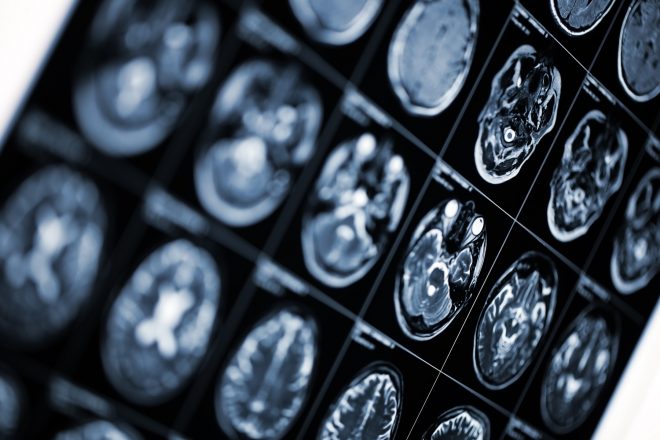
Simple diagnostic tool predicts individual risk of Alzheimer’s
Researchers at Lund
University in Sweden have developed an algorithm that combines data from a
simple blood test and brief memory tests, to predict with great accuracy who
will develop Alzheimer’s disease in the future. The findings are published
in Nature Medicine.
Approximately 20-30% of
patients with Alzheimer’s disease are wrongly diagnosed within specialist
healthcare, and diagnostic work-up is even more difficult in primary care.
Accuracy can be significantly improved by measuring the proteins tau and
beta-amyloid via a spinal fluid sample, or PET scan. However, those methods are
expensive and only available at a relatively few specialized memory clinics
worldwide. Early and accurate diagnosis of AD is becoming even more important,
as new drugs that slow down the progression of the disease will hopefully soon
become available.
A research group led by
Professor Oskar Hansson at Lund University have now shown that a combination of
relatively easily acccessible tests can be used for early and reliable
diagnosis of Alzheimer’s disease. The study examined 340 patients with mild
memory impairment in the Swedish BioFINDER Study, and the results were
confirmed in a North American study of 543 people.
A combination of a simple
blood test (measuring a variant of the tau protein and a risk gene for
Alzheimer’s) and three brief cognitive tests that only take 10 minutes to
complete, predicted with over 90% certainty which patients would develop
Alzheimer’s dementia within four years. This simple prognostic algorithm was
significantly more accurate than the clinical predictions by the dementia
experts who examined the patients, but did not have access to expensive spinal
fluid testing or PET scans, said Oskar Hansson.
“Our algorithm is based
on a blood analysis of phosphylated tau and a risk gene for Alzheimer’s,
combined with testing of memory and executive function. We have now developed a
prototype online tool to estimate the individual risk of a person with mild
memory complaints developing Alzheimer’s dementia within four years”,
explains Sebastian Palmqvist, first author of the study and associate professor
at Lund University.
One clear advantage of the
algorithm is that it has been developed for use in clinics without access to
advanced diagnostic instruments. In the future, the algorithm might therefore
make a major difference in the diagnosis of Alzheimer’s within primary
healthcare.
“The algorithm has
currently only been tested on patients who have been examined in memory
clinics. Our hope is that it will also be validated for use in primary
healthcare as well as in developing countries with limited resources”,
says Sebastian Palmqvist.
Simple diagnostic tools for
Alzheimer’s could also improve the development of drugs, as it is difficult to
recruit the suitable study partcipants for drug trials in a time- and
cost-effective manner.
“The algorithm will
enable us to recruit people with Alzheimer’s at an early stage, which is when
new drugs have a better chance of slowing the course of the disease”,
concludes Professor Oskar Hansson.